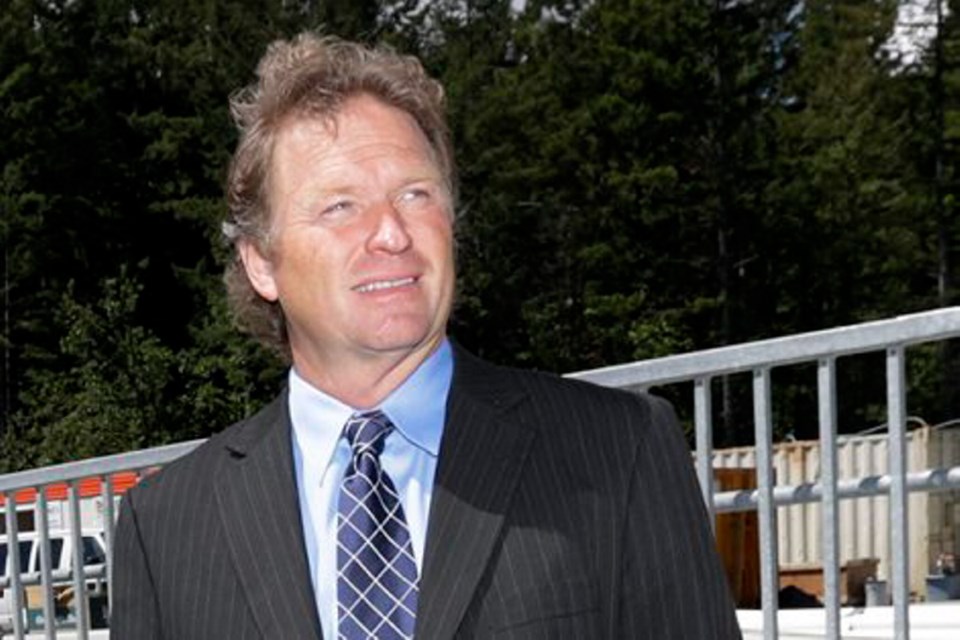In what Mayor Stew Young calls a “lose-lose” situation, Langford is considering shifting some of the costs of sewage treatment off property taxes and onto the water bill.
“I know it’s just shifting around money. But we’re trying to make it fair to everybody because the costs [of sewage treatment] are so bloody high now,” Young said.
Young said he couldn’t believe it when he saw Langford residents were facing an estimated 19 per cent increase in their Capital Regional District tax levy largely to pay for their portion of the $5 million a year the CRD is setting aside for sewage treatment.
In Langford, the 19.65 per cent increase — about $37.68 on the average home (assessed at $413,575) — brought the estimated total CRD tax bill to $229.49 for 2014. CRD projections put Langford’s cost for sewage treatment by the time it is built at about $332 per household per year.
Young said his phone has been ringing off the hook since the projected tax increase was reported, “and I’m not getting happy calls.”
Langford councillors this week approved an agreement whereby the CRD will invoice the municipality for the municipality’s costs associated with the Seaterra sewage treatment program rather than levying as part of the CRD tax requisition. The agreement gives the municipality the option of determining how to bill residents — through property taxes, water bills or a combination, Young said.
“We’re just trying to find the fairest way to deal with a real big problem that I’m just not happy with.”
The costs of the $783-million sewage treatment megaproject are to be split equally, with the federal government, the province and the CRD each paying one third. But the federal and provincial shares are capped, and it’s the local taxpayers who are on the hook for any cost overruns.
Meanwhile, local politicians are being told time is money. Last month, CRD directors were warned by the civilian oversight commission that the project was close to falling behind schedule and that every month’s delay adds $1 million to the bottom line.
“It’s almost as if you’ve got a gun to your head. [We’re being told] you have to do this. You have to do that,” Young said.
Young said the CRD should push the pause button on the sewage treatment program until costs to local taxpayers are better nailed down. He said with some of the decisions that have been made — such as the ill-fated $17-million purchase of the Viewfield Road site in Esquimalt for treatment of biosolids — and the possibility that a $38-million incinerator may be needed to dispose of sludge, the project is almost certain to go over budget.
“I think what we need to do is tell the public what this is going to cost and be up front with them,” Young said. “Why don’t we be really transparent and tell the public what you’re really going to pay?”



